PHOENIX — When Bryce Price was hired as the Giants’ new pitching coach, he made a bold proclamation.
Bucking industry trends that had bled into his new organization, Price declared in a November interview with The Athletic that the Giants were going to “let starters pitch the innings.”
With more than a third of the season in the rearview mirror, his vision has not transpired as intended.
Far from it. Not yet, at least.
“Yeah,” Price said in an interview this week, “the understanding as things evolved is a lot of these guys haven’t thrown bulk innings. … It hasn’t translated to the point where we’re happy with it yet, but I think we can get there. We will get there.”
On average, the Giants are getting fewer than five innings from their starting pitchers. Since the beginning of the season, only one team has asked their starters to record fewer outs, and since the calendar turned to May, the Giants are at the very bottom of the league.
When Kyle Harrison completed six innings Tuesday at Chase Field, it was the first time a San Francisco starter not named Logan Webb had walked off the mound after the final out of the sixth since Harrison last did it May 7, a month earlier.
“It’s tough. We really want to go deep in games,” Harrison said. “At the end of the day, we haven’t been doing it lately. That’s why it was big for me just to get through six. I know I’ve only been going five. So every inning counts. Especially when you’re in a crunch this time of the year, fatigue starts to set in. Guys are working hard. We have been using the ‘pen quite a bit. It’s our job as starters to go out there and give them some rest and go deep into some games.”
Now, there are any number of reasons why that hasn’t been the case.
One of only five pitchers to throw 200 innings last season — a league-leading 216 — Webb may be the majors’ top workhorse, but he doesn’t have Alex Cobb, Robbie Ray, and Blake Snell behind him; it’s been Harrison, Keaton Winn and Jordan Hicks, who between them have reached even the 100-inning threshold three times.
Harrison and Winn had their workloads heavily limited in the minor leagues, rarely pitching deeper than five innings. Hicks became accustomed to short bursts out of the bullpen for his first five big-league seasons. All three will almost certainly exceed their previous career-highs in workload not long into the second half of the season.
Those circumstances were impossible for Price to know back in November.
At the time of his comments, he had yet to speak to any of his pitchers, let alone study their history or attributes. The front office was fully engulfed in its pursuits of Shohei Ohtani and Yoshinobu Yamamoto and had yet to set its sights on Hicks as a key piece of their rotation and the complications that accompany a converted reliever.
“You can come in here with all the plans that you want, but until you know your personnel, it really doesn’t matter,” Price said. “We’re dealing with a lot of guys that aren’t used to being in the game after the fifth. If you look at Hicks, he’s virtually always been a reliever, and when you look at Keaton and you look at Harry, they had a really limited exposure to bulk innings and high pitch counts within the last year-plus.”
Price isn’t abandoning his plans and named Harrison, Hicks, and Winn as potential 200-inning pitchers down the road.
Their immediate limitations, however, are putting a pressure point on their relievers, who — just inverse the starting pitching leaders — have picked up more slack than just about any other bullpen in the majors.
Three Giants occupy the top 10 spots on the leaderboard of relief appearances. Ryan Walker and Tyler Rogers are tied for the most games, having each appeared in more than one in every two so far this season.
“At some point in time here with what we’re getting out of our starters … that taxes the bullpen” manager Bob Melvin said. “We have several guys a day it feels like (who are unavailable).”
It will take time, Price said, before Hicks, Harrison and Winn are routinely pitching deeper than the fifth inning. Look at the back of Webb’s baseball card, and notice it was a full three seasons before he established himself as the workhorse he is now. Harrison, 23, and Winn, 26, are each in their first full big-league season, and while Hicks’ transformation has been remarkable — his 2.82 ERA ranks seventh in the National League — he has never been a starter for 162 games.
“As much as there’s 2024, there’s 2025 and beyond. We have to get these guys nudged up to where we can start to believe they’re capable of being the next wave of 200-inning pitchers,” Price said. “That, to me, is the goal. But it doesn’t just happen; they have to learn how to get there. And they will.
“The whole part of this is we use Logan as the example. But with these guys, you can’t just say, ‘OK, be like Logan.’ Because we have to get them there.”
Hicks wowed with seven sterling innings in his second start of the season, and Harrison tossed a career-high seven shutout innings last month at Coors Field. But neither has touched the mound in the seventh inning again.
Harrison required a career-high 102 pitches to make it through five in his previous start, and Hicks exhausted a career-high 101 to complete 5⅓ before turning in his shortest outing of the season his last time out, lasting only 3⅔ innings while still using 92 pitches.
“I got some experience going deep in ballgames and now it’s like, how do we repeat it?” Harrison said. “That’s the next step.”
The pitch counts tell the story for Price.
“We want to get to the point where these guys know that they’re durable enough, that we’ve responsibly built up their arm strength and their durability and endurance to the point where 100 pitches should not be something that is a red flag,” Price said. “Like, 90 pitches after five innings or six innings, that’s a red flag. No. It’s not. Not if you’re conditioned to throw 100, 110, 115, 120.”
Until then, efficiency is of utmost importance.
Related Articles
After Melvin’s message, SF Giants ambush Diamondbacks to snap skid, avoid sweep
Why SF Giants sent Luis Matos back to minors 2 weeks after winning NL honors
Grunting and screaming, Robbie Ray takes next step to joining SF Giants rotation
SF Giants lose again to Diamondbacks, and Bob Melvin calls out his team after 6th straight loss
Why Bob Melvin has changed SF Giants’ leadoff hitter 6 times in less than a month
“I think it’s one thing to say we’re going to throw more innings. We’ve got to do it within a responsible pitch count. A guy has 93 pitches after 5, it’s tough to say that you expect six or seven,” he said. “So the focus is on being able to throw fewer empty pitches. Pitches that don’t serve a purpose. Maybe an elevated fastball or a breaking ball so far down in the dirt that you’ve got no chance to really have any effect. We’re searching to erase those.”
Harrison’s most recent start was a step in the right direction.
He surrendered four runs (three earned) and took the loss but didn’t walk any batters and needed only 95 pitches to complete his six innings.
“There’s a big difference between five and six,” Melvin said. “And obviously six and seven as well.”
Summed up Harrison, “I think we’ve just got to get deeper into ballgames. Our bullpen’s been working hard.”
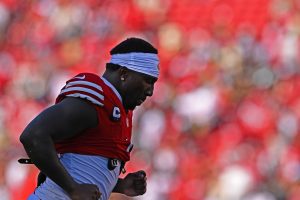

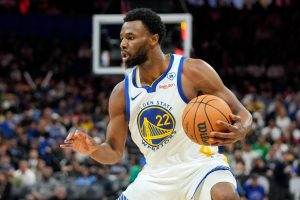

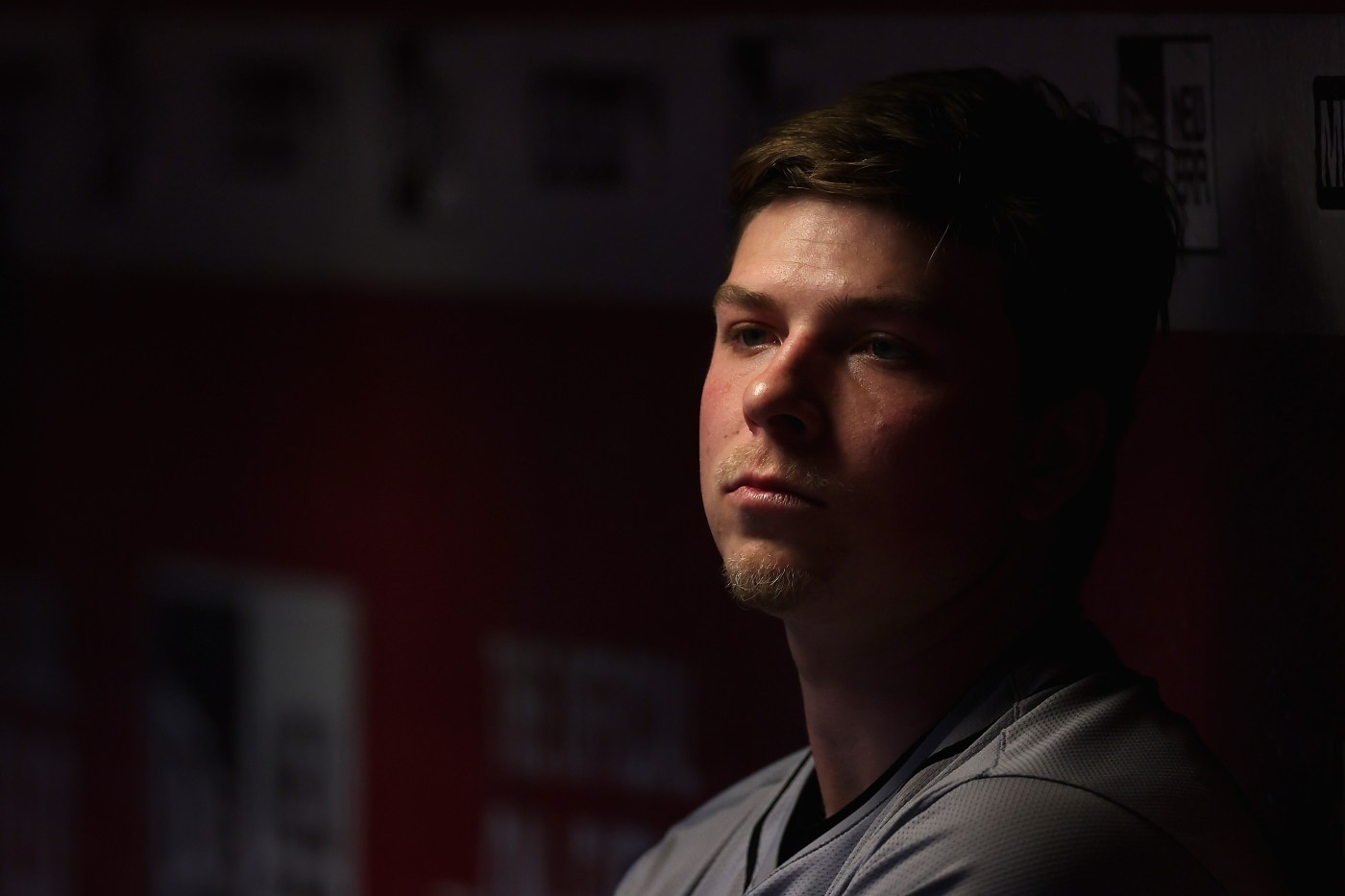
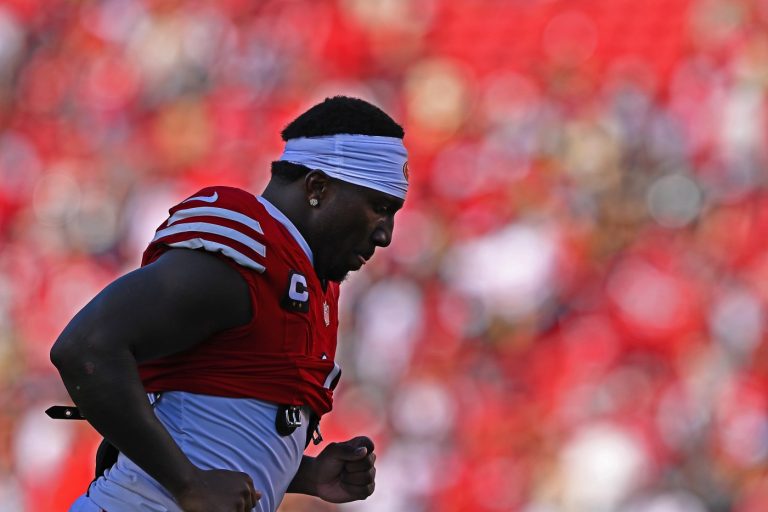
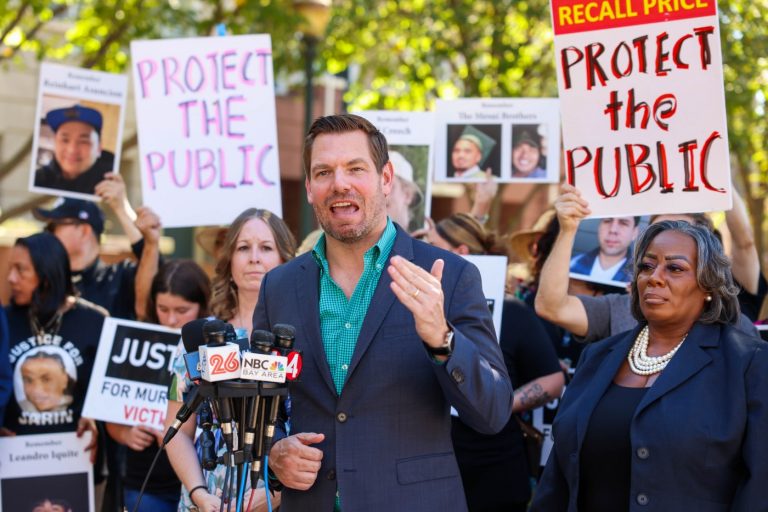
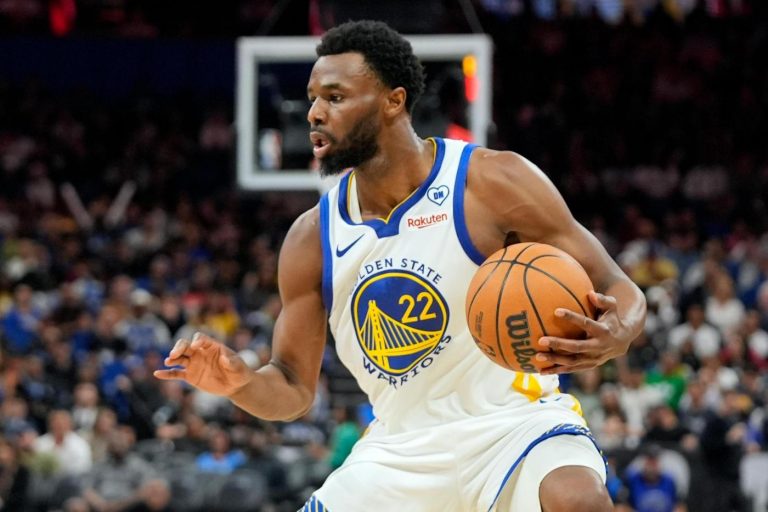
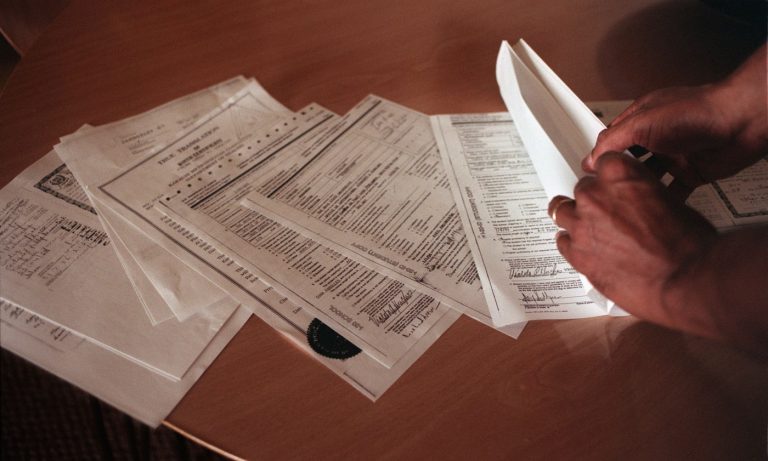


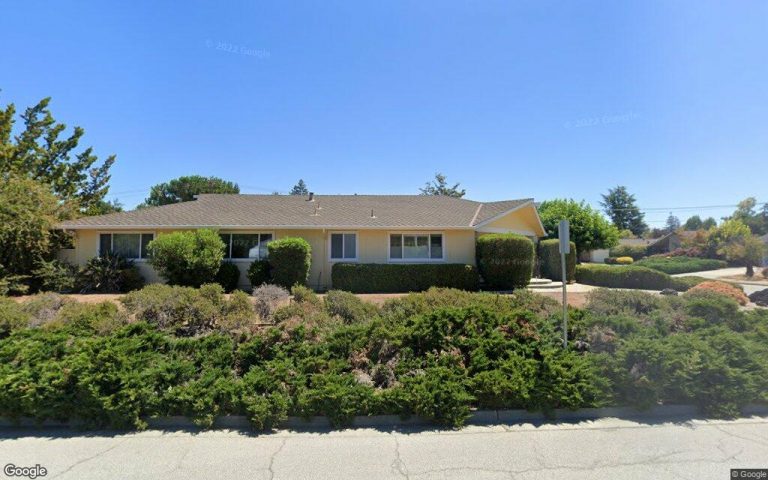

+ There are no comments
Add yours